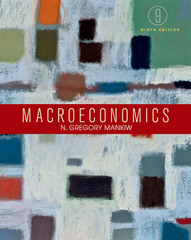Question
In Italy, the procurement of public works has seen a significant shift in methodology since 1999, with most projects being awarded through an innovative auction
In Italy, the procurement of public works has seen a significant shift in methodology since 1999, with most projects being awarded through an innovative auction format. This method determines the winning bidder as the one whose bid is closest to a function of the average of all bids. This shift was inspired by an idea introduced in the early 1990s by two engineering professors, Ioannou and Leu. In their 1993 paper, they criticized the standard first-price auction and proposed an alternative sealed bid auction where the bid closest to a calculated thresholdoften based on the average biddetermines the winner. This approach was developed to address the issues of excessively high bids that might compromise the quality or feasibility of the demanded work. In addition to Italy, this auction format has been adopted by several countries, including Colombia, Italy, China, Chile, Japan, Peru, and Taiwan, reflecting its global relevance. Despite the initial promise, the implementation of average-bid auctions has not been without challenges. These auctions have inadvertently fostered new forms of strategic bidding behavior, leading to unforeseen complexities and issues. The strategies employed by bidders in these auctions sometimes create larger problems than those they were meant to solve, casting doubts on the overall efficacy of the average-bid auction format. The goal of this exercise is to investigate a simple version of this auction in the case of private values. The setup mirrors closely what we discussed in class, featuring an auction for a single item. For simplicity, let's consider only two bidders participating. Each bidder's valuation is uniformly distributed independently within the interval [0, 100]. The rules of the auction are as follows: The highest bid secures the object. Only the winner is required to make a payment. The amount paid by the winner is the average of the two bids (i.e., the sum of both bids divided by two). Question a. What is the Nash equilibrium of this game? Question b.It was commonly believed that an average-bid auction will generate higher revenues than either a first-price or second-price sealed-bid auction. Is there any truth to this view? What is the expected revenue for the seller in such an auction?
Step by Step Solution
There are 3 Steps involved in it
Step: 1

Get Instant Access to Expert-Tailored Solutions
See step-by-step solutions with expert insights and AI powered tools for academic success
Step: 2

Step: 3

Ace Your Homework with AI
Get the answers you need in no time with our AI-driven, step-by-step assistance
Get Started


